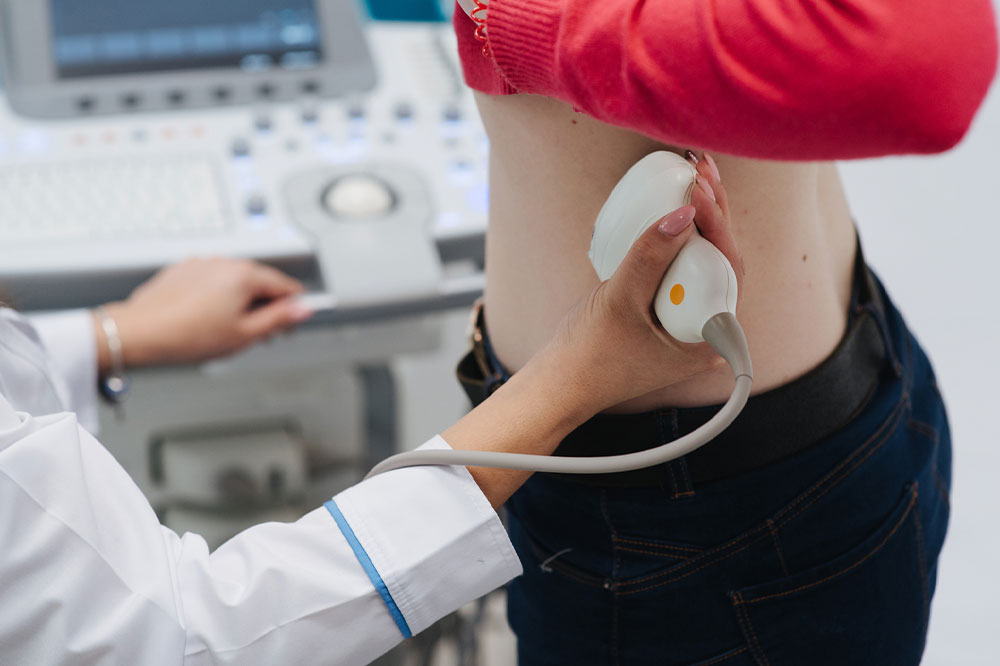8 bad habits that could lead to kidney failure

The kidneys’ primary function is as the body’s natural detoxifier. They filter all the toxins from the blood and turn waste into urine. In addition, they regulate electrolytes, release hormones, and control blood pressure levels. Since kidneys perform these essential functions, taking good care of them is paramount. And one can do so by avoiding certain unhealthy practices and bad habits that could lead to kidney failure. Let’s take a look.
Overeating of processed foods
Packaged snacks, cold cuts of meat, pre-packaged meals, and other processed foods contain high percentages of sodium, sugar, unhealthy fats, phosphorus, and artificial additives and preservatives. An overconsumption of such foods increases the risk of developing hypertension and heart diseases. Moreover, the high amount of sodium and phosphorus in these foods disrupt the normal functioning of the kidneys. Thus, overeating processed foods must be avoided for better kidney health.
Not drinking enough water
When one has enough water throughout the day, it helps the kidneys to filter out the excess sodium and toxins from the body. Also, being sufficiently hydrated is an excellent way to prevent kidney stones from developing. So it is essential to drink an adequate amount of water. Being dehydrated too frequently puts pressure on the kidneys. Due to this, the kidneys cannot function properly, increasing the risk of kidney disease.
Adding excessive salt to foods
When salt is added liberally to meals, it runs the risk of increasing sodium levels in the blood. When there is excess sodium, the kidneys cannot filtrate and remove it. The additional sodium starts to accumulate in the bloodstream. This results in high blood pressure which also affects the kidneys’ function. So instead of adding too much salt to foods, use spices and herbs to balance the flavors.
Having sugary foods
It’s essential to be mindful of the amount of sugar we consume, as it can increase the likelihood of kidney disease. Overindulging in sugary foods and drinks, such as adding extra sugar to tea, coffee, baked goods, or desserts, can also put us at risk for diabetes, further harming our kidneys. To minimize the risk, it’s best to limit or avoid sugary options and instead choose healthier alternatives or sugar substitutes like stevia, agave, fruit pulp, coconut sugar, or date sugar.
Not exercising regularly
Staying physically active can help you burn extra calories and maintain healthy blood pressure and blood sugar levels. Engaging in activities like swimming, walking, running, dancing, or other exercises can reduce your risk of health issues like kidney disease and keep your heart and kidneys in good shape. It’s important to include a variety of exercise routines in your daily routine that match your overall health and age.
Overeating meat
Consuming excessive meat can cause a rise in acid levels in your blood after digestion due to the proteins it contains. Consistently eating meat-heavy meals may increase the acidity in your blood, which can harm your kidneys’ normal function. This is because the kidneys may be unable to eliminate the excess acids, leading to acidosis quickly. However, as protein is an important nutrient, balancing your meat intake with fruits, vegetables, and lentils is beneficial.
Having an irregular sleep schedule
Maintaining a regular sleep routine is important to prevent health issues like kidney problems. The kidneys function best when regulated according to the body’s natural circadian rhythm, the 24-hour internal clock that controls our sleep cycle. A fixed sleeping routine helps maintain this rhythm and optimizes all bodily functions, including the kidneys. This prevents extra pressure on the kidneys, as their workload is evenly distributed over the 24 hours.
Doing strenuous workouts
It is essential to have an active exercise routine. But going overboard can be damaging to the kidneys. When one works out for too long or too hard, it can cause damage to muscle tissues. These tissues start to break down quickly. This condition is known as rhabdomyolysis. Due to this, toxic substances enter the bloodstream. When the kidneys filter this blood, these substances cause damage. So when one continues to overtrain over a long period, it increases the risk of kidney failure.
If you have been advised to limit your potassium or phosphorus intake, contacting your dietitian or nephrologist is essential. Additionally, regular checkups are crucial to stay informed about your health. Doing so allows you to effectively manage your health and enjoy a stress-free life.






